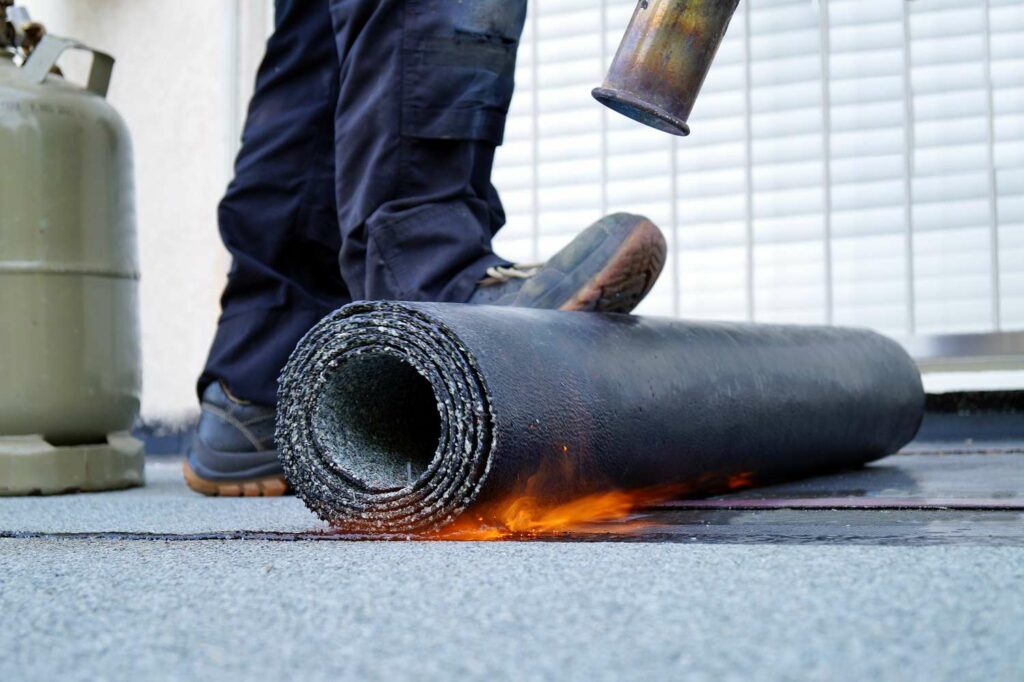
In the last few years, roofing professionals have faced unprecedented spikes in roofing material costs. From asphalt shingles to TPO rolls, the prices of roofing materials have increased due to supply chain disruptions, global inflation, and labor shortages in the manufacturing sector. For contractors, this isn’t just a challenge; it’s a profitability pressure point.
But here’s the truth: high costs don’t have to mean lower margins. With the right strategies, you can navigate this environment, protect your bottom line, and even find new growth opportunities.
1. Negotiate and Diversify Your Supplier Network
Relying on a single supplier leaves you vulnerable to price swings and delays. Build relationships with multiple vendors, both local and regional, and negotiate bulk order discounts or loyalty incentives.
Pro Tip: Partner with suppliers who can lock in pricing for 30–60 days. This allows you to confidently quote projects without worrying about sudden spikes in roofing material costs.
2. Refine Your Estimating Process
Overestimating wastes money. Underestimating eats your profit. Fine-tuning your estimating process, especially in a volatile cost environment, is essential.
- Keep an updated cost database for all materials.
- Factor in seasonal price fluctuations and shipping fees.
- Use digital estimating tools to avoid human error.
3. Adopt Technology for Accuracy and Efficiency
Time is money, and in roofing, so is precision.
This is where Pitch Gauge can give you a competitive edge.
With Pitch Gauge’s measurement tools, contractors can:
- Generate fast, accurate roof and wall reports directly from your smartphone, without the need for ladders or wasted hours on-site.
- Integrate measurements with CRM and project management tools to streamline quoting, ordering, and scheduling.
- Reduce costly overruns by ordering the right amount of roofing material the first time.
When material prices are high, waste is profit lost. Using Pitch Gauge Roofing Software not only improves your estimates but also strengthens your negotiating position with suppliers by showing exactly what you need.
4. Adjust Pricing and Communicate With Clients
Passing some of the cost increase to clients is often necessary, but transparency is key. Educate them on why costs have risen and highlight the value you bring, including quality work, durable materials, and long-term savings.
Including a “material cost adjustment” clause in contracts can help protect you from price hikes between signing and starting the job.
5. Focus on High-Margin Services
Not all roofing jobs are equally profitable. Shift more of your marketing and sales energy toward high-margin opportunities like:
- Premium roof replacements
- Storm restoration projects
- Commercial roofing upgrades
These services often justify higher prices and absorb material costs more easily.
6. Streamline Operations
If materials are more expensive, your labor and overhead need to work harder for you. Review your workflow for inefficiencies:
- Reduce downtime between projects.
- Use centralized scheduling to maximize crew productivity.
- Leverage digital tools (like Pitch Gauge’s integrated CRM) to keep communication and documentation organized.
In conclusion, rising material costs are a reality for the roofing industry in 2025, but they don’t have to erode your profitability. By tightening estimating practices, adopting tech-driven solutions like Pitch Gauge, diversifying suppliers, and focusing on high-margin work, you can maintain healthy margins and keep your business growing.
In roofing, the strongest companies aren’t just those that work hard; they’re the ones that adapt fast.